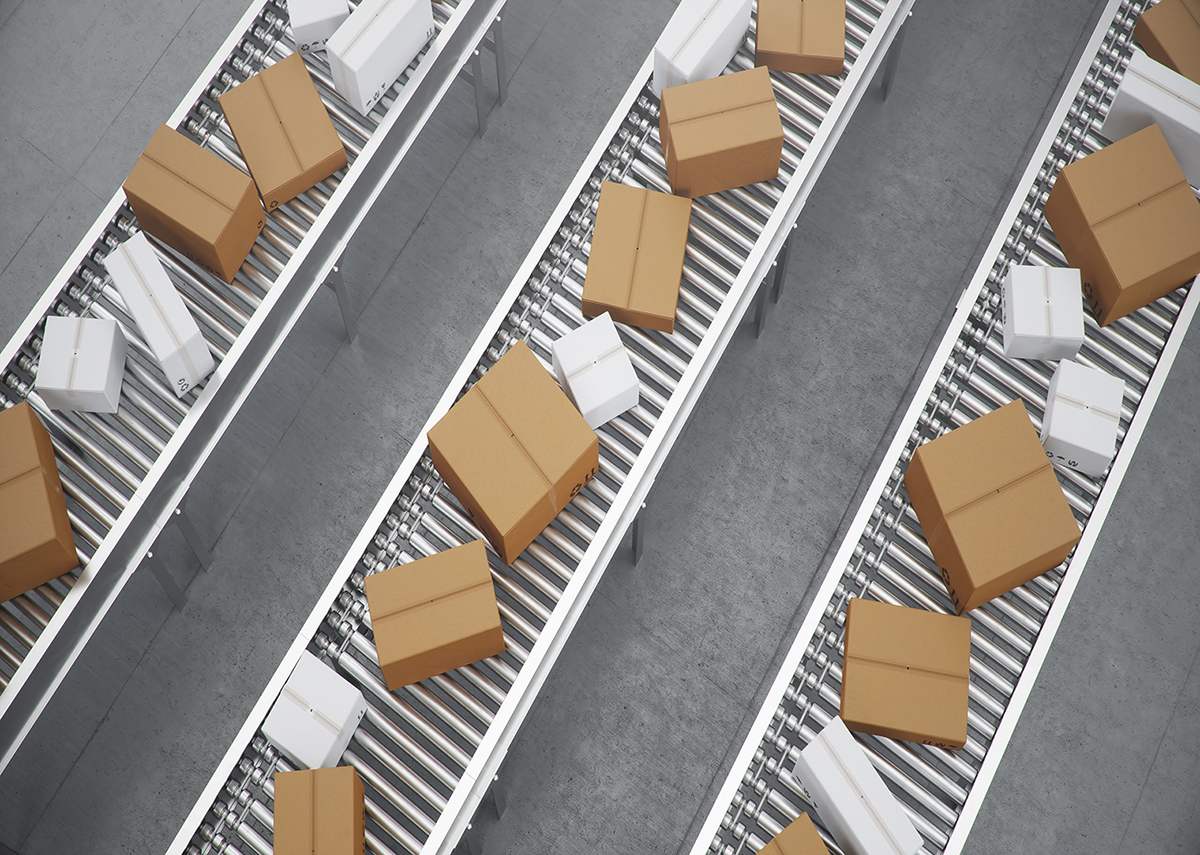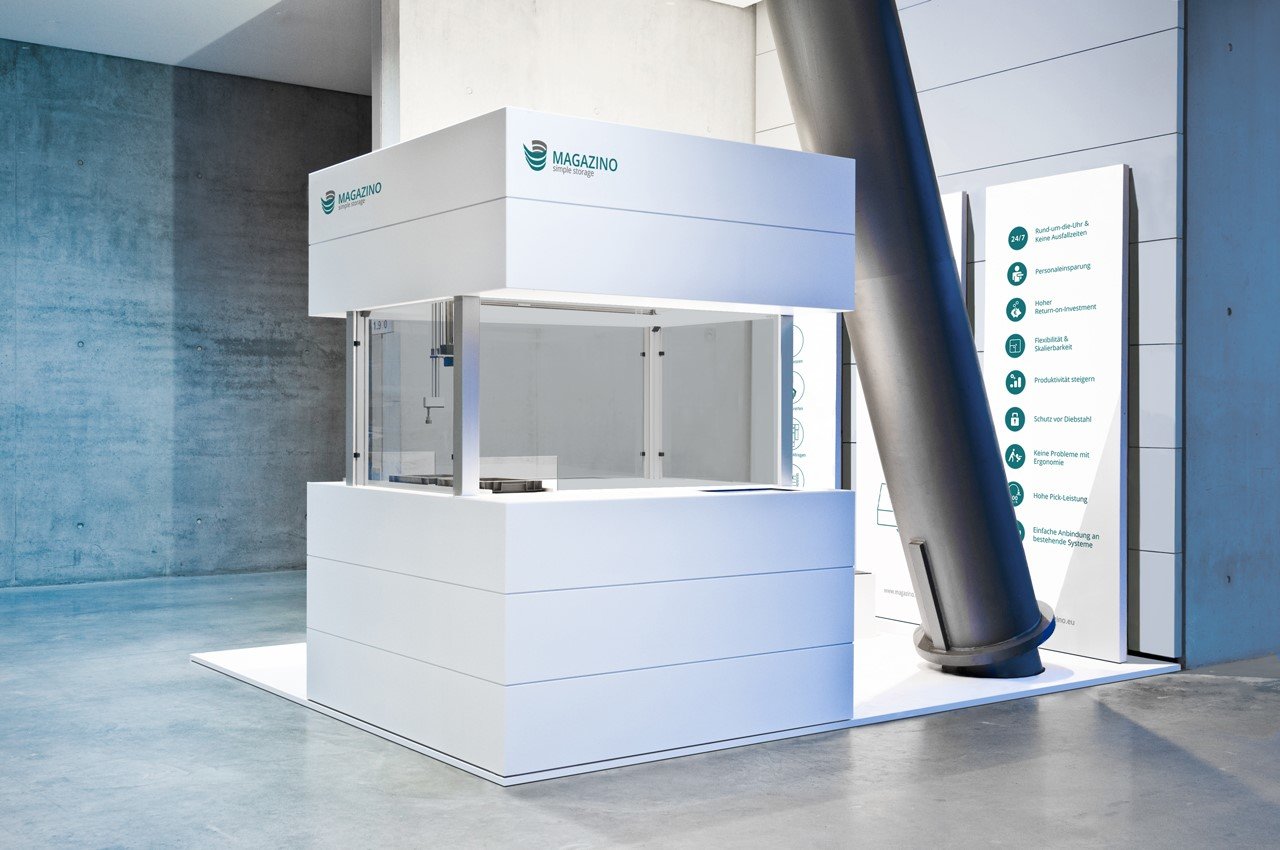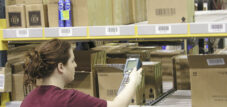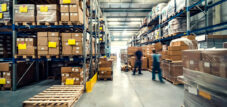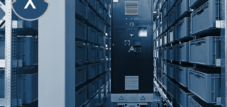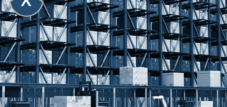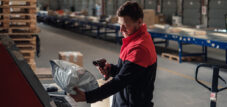Returns management: Manage returns fully automatically – desire & reality
Language selection 📢
Published on: March 5, 2021 / update from: March 6, 2021 - Author: Konrad Wolfenstein
Returns cost. Money, capacity and nerves. That's why online retailers always strive to keep the return rate as low as possible. There are plenty of suggestions for this: more personalization in the shop, more precise product descriptions in words and pictures, transparent shipping costs, fast delivery and attractive packaging are just a few of them. But even this will not protect a company from not having to process any returns at all in the future.
What is needed are ways in which the effort for returns management can be kept as low as possible. Since the volume of returns is very high, especially for large online retailers, despite all the preventative measures, it is advisable to largely automate the process in order to reduce processing costs. But there is still a long way to go before this can be fully implemented. Here we show some options that are already moving in this direction.
Requirements for automatic returns processing in the warehouse
In order to reduce personnel costs and processing times, automation of storage, picking and shipping processes helps. But with increasing levels of automation comes problems:
- Reduced flexibility
- High investment costs
- Lack of possibility for integration into existing processes or systems
- Long implementation times
Due to the diversity of the returned items, the automated systems can only undergo minimal standardization in order to be able to manage the wide range of goods without costly modifications. In contrast to conventional storage and returns strategies, which often involve a very high proportion of manual work, automated processing requires many times higher investments in technology and software. In order for the systems to pay for themselves, special requirements are placed on such a system:
- Reduction of personnel costs
- High picking performance and precision
- Easy identification and storage of returns
- High-density storage to reduce space requirements
- Scalable processes
requirements
If the requirements just mentioned apply to many investment decisions in intralogistics, an automated returns process requires a number of additional components:
- Powerful software control for optimized returns processing
- Good labeling of the goods including machine readable return labels
- Scannability of all information
- Equipping the control systems with scanning and image recognition systems to identify the goods
- Connection of the control system with the ERP system for the reversal of returns in customer and inventory management (including provision for resale)
Goods Receipt
In addition to manual handling, automated systems for transporting returns for further processing are available in goods receipt. Manuline , a French manufacturer of handling and transport systems, offers Storpal system a possibility for automatic loading and unloading of pallets and other containers weighing up to 1,500 kg. Three to four wagons are pulled by a tractor - for example directly from the truck - for automatic handover to the desired location in the warehouse. Both a semi-automatic and a driverless fully automatic version are available for the system.
Open packages
Opening returned packages without damaging the goods represents a significant time and cost factor. Many manufacturers and online retailers send goods in standardized boxes that are sealed with adhesive tape. That's why when you open these boxes, you often just have to cut through the adhesive strip. The manufacturer ALS Automatic Logistic Solutions therefore developed the automatic package opener TOM (tape-only method) for receiving goods and returns. When boxes of the same height arrive, they are pushed through a feeder conveyor belt under a multiple blade. This ensures that the parcel tape - even if it is stuck on at an angle - is cut precisely and the package is opened to remove the goods inside. If the packages arrive in different packaging sizes, the opener can optionally be equipped with variable height detection in order to then open these packages as well. TOM opens over 7,000 packages per shift.
Box Opening System comes from the same company , another automatic package opener that opens up to 600 packages/boxes per hour or 14,000 pieces per day without pre-sorting. According to the manufacturer, the cost savings by using the systems compared to manual processing are around 80 percent. Using existing conveyor technology, the goods are then forwarded to the next station in the returns process: item removal and inspection.
Automated inspection of the goods
At this station, a decision is made as to whether the item can be sold without restrictions and is therefore ready for re-storage (if necessary after repackaging, which is now also often done automatically). For a fully automated process, this position represents – still – the biggest hurdle; The parts, which are usually quite heterogeneous, have to be reliably removed from the packages and inspected. In addition to the very complex gripping process, which is difficult to depict technically, the main difficulty lies in checking the goods for even the smallest defects that affect the value of the goods. Due to the often subjective criteria, this is naturally relatively difficult for robots. If the goods show signs of wear and tear, they must be cleaned. Parts that are heavily soiled and/or damaged must also be sorted out.
Although there are now a large number of robots with some very sophisticated recognition software , these systems are usually not yet ready for an adequate quality assessment of incoming returns. However, given the rapid development, it can be assumed that robots will reliably carry out tasks such as removing and independently checking returned items in the future.
Restoration & preparation for re-shipment
Compared to removal and testing, automation in the picking process is already further advanced. Returned items can be automatically removed from the conveyor belt at the picking station with the help of Kado , a development by the Munich start-up Magazino , and transferred to an automated storage system. Depending on the type and scope of the product range, dynamic lift racks, paternoster systems or carousel warehouses are available.
The challenge here lies in reintegrating the salable returns into the item inventory. However, with powerful warehouse management software and the appropriate devices, companies can overcome this hurdle relatively easily.
Due to their nature, returned clothing is often significantly more difficult to store than, for example, compact items with uniform dimensions and a fixed structure. Monalisa pocket sorter from the manufacturer Dematic can help here. It is an automated hanging system for sorting and buffering hanging and lying goods, narrow objects or boxes. With its help, both returns and ordered goods from the warehouse are placed individually in the bags of a sorter. These bags are then fed into the hanging system where they rotate in the system until the item is requested again. This type of buffering means that only a smaller proportion of the returned goods have to be sorted back into the warehouse. Thanks to its modular structure, Monalisa can be scaled and expanded as required. In addition, the bag sorter simplifies the picking and preparation of items for shipping. The finished orders are then sent to the packing stations, where they are packed ready for dispatch.
In collaboration with a dynamic provisioning system for smaller and/or handy items, this solution is optimal for the automated storage and picking process, which ends with re-shipment to the customer. Another process in which humans have to intervene at various points; But soon there may be a completely autonomous system that unpacks the returned goods around the clock, checks them and makes them available for resale.
Automation is making great strides. Once robotics can reliably handle picking and checking, in the near future there may be no humans working in returns handling at all.
Why Xpert.Plus ?
Xpert.Plus is a project from Xpert.Digital. We have many years of experience in supporting and advising on storage solutions and in logistics optimization, which we bundle in a large network Xpert.Plus
I would be happy to serve as your personal advisor.
You can contact me by filling out the contact form below or simply call me on +49 89 89 674 804 (Munich) .
I'm looking forward to our joint project.
Xpert.Digital – Konrad Wolfenstein
Xpert.Digital is a hub for industry with a focus on digitalization, mechanical engineering, logistics/intralogistics and photovoltaics.
With our 360° business development solution, we support well-known companies from new business to after sales.
Market intelligence, smarketing, marketing automation, content development, PR, mail campaigns, personalized social media and lead nurturing are part of our digital tools.
You can find out more at: www.xpert.digital – www.xpert.solar – www.xpert.plus



